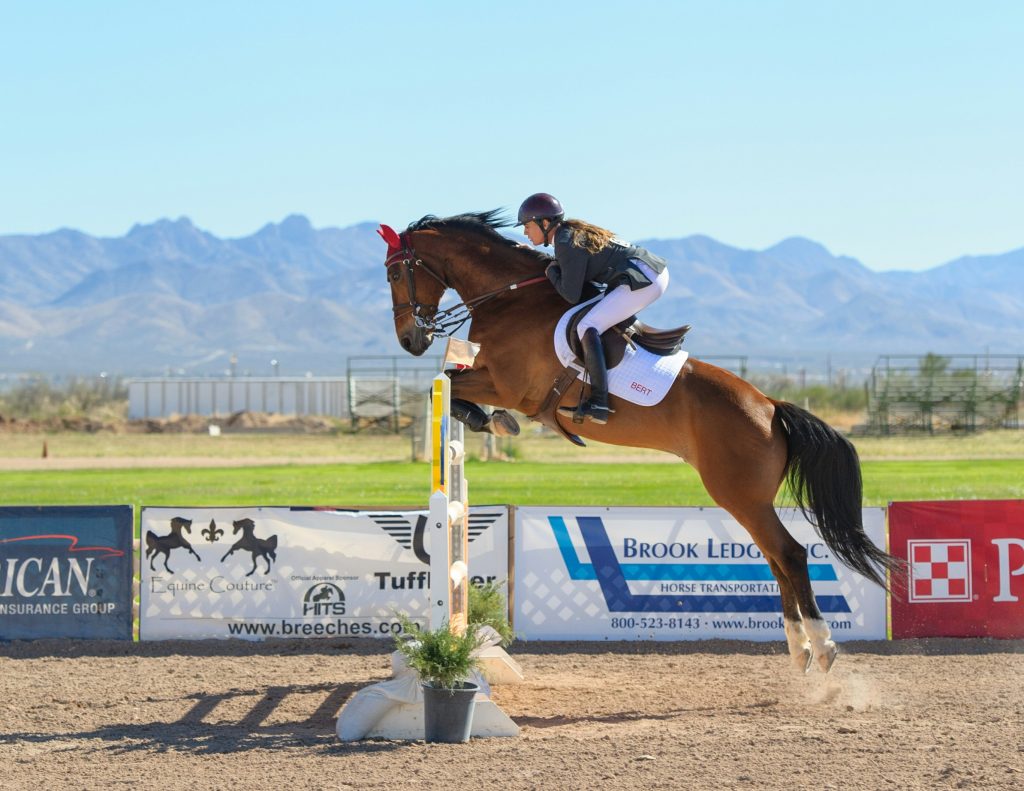Equestrian sports have a timeless allure, capturing the hearts of enthusiasts across generations. Unlike many athletic pursuits that dwindle with age, horseback riding often becomes a lifelong passion. While horseback riding may seem like a low-key, low-risk activity, it’s essential to delve into the statistics surrounding the most common horseback riding injuries to better understand the potential risks and safety considerations associated with this beloved sport.
Relative Risk: Putting Horseback Riding in Perspective
Comparing the relative risk of injuries across different sports is crucial to gaining insights into the safety profile of horseback riding. According to injury data per 1,000 hours of participation, horseback riding stands at 3.7, positioning it as a relatively low-risk activity when compared to sports like American football (10-35), basketball (9.1), and ice hockey (7.5). However, it’s essential to note that the severity of injuries in horseback riding can be significant.
Head injuries, in particular, are a cause for concern, constituting approximately 10%-30% of all horse-related injuries. Shockingly, equestrian sports are the most common cause of sports-related traumatic brain injury (TBI) in adults in the United States.
The Reality of Injuries
Despite common sayings in the horse industry such as “everyone falls off” or “you aren’t a real rider until you’ve fallen off,” the data suggests that injuries are not only common but can be severe. An extensive survey conducted in Oregon, Washington, and Idaho revealed that 81% of riders experienced injuries at some point in their riding career, with 21% being serious enough to require hospitalization, surgery, or causing long-term disability.
Experience and Risk Of Horseback Riding
The relationship between riding experience and injury rates remains a topic of debate among researchers. Some studies indicate that novice riders are more likely to be injured, while others suggest that experienced riders, engaging in more challenging activities, may face increased injury risks. Ultimately, accidents can happen to anyone, regardless of their level of experience.
Helmets: A Crucial Line of Defense
Head injuries constitute a significant portion of equestrian injuries, making helmet use a critical preventive measure. Surprisingly, the adoption of helmet rules has proven effective in reducing head injuries. The United States Pony Club documented a 60% decrease in head injuries after mandating the use of ASTM-approved helmets. However, helmet usage remains low in some regions, highlighting the need for increased awareness and adherence to safety guidelines.
Protective Gear: Beyond Helmets
While helmets are a crucial component of protective gear, additional equipment plays a role in mitigating injury risks. Protective vests, mandatory in certain equestrian disciplines, have been shown to decrease the risk of injury during specific activities. Mouth guards, common in rodeos, also offer protection against concussions through shock absorption.
Riding Safely: A Holistic Approach
In conclusion, horseback riding can be both a thrilling and fulfilling activity, but it comes with inherent risks. Understanding these risks, adopting proper precautions, and investing in quality safety equipment is key to ensuring a safe and enjoyable riding experience. By acknowledging the potential for injuries and taking proactive measures, riders can continue to pursue their passion while prioritizing their well-being.

